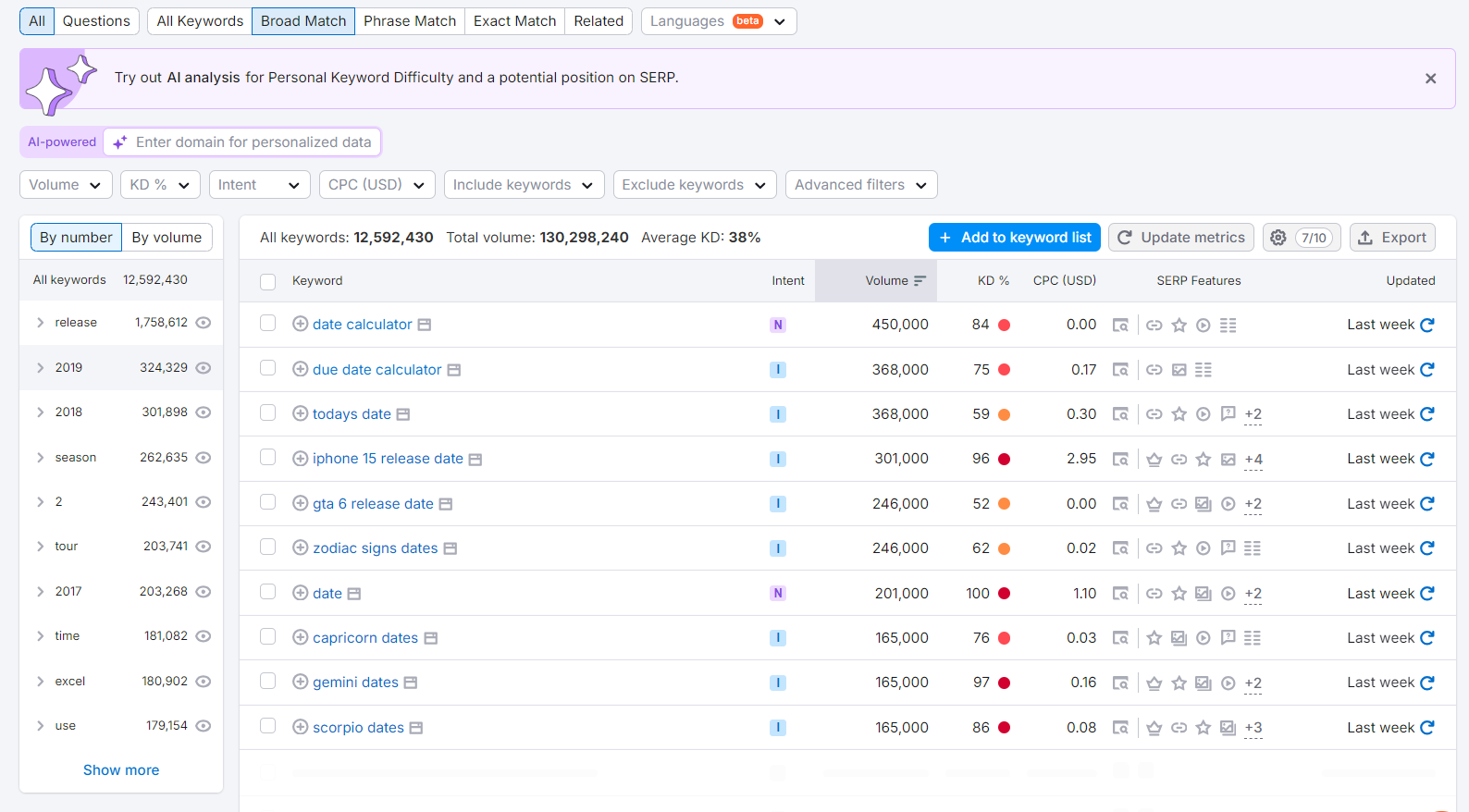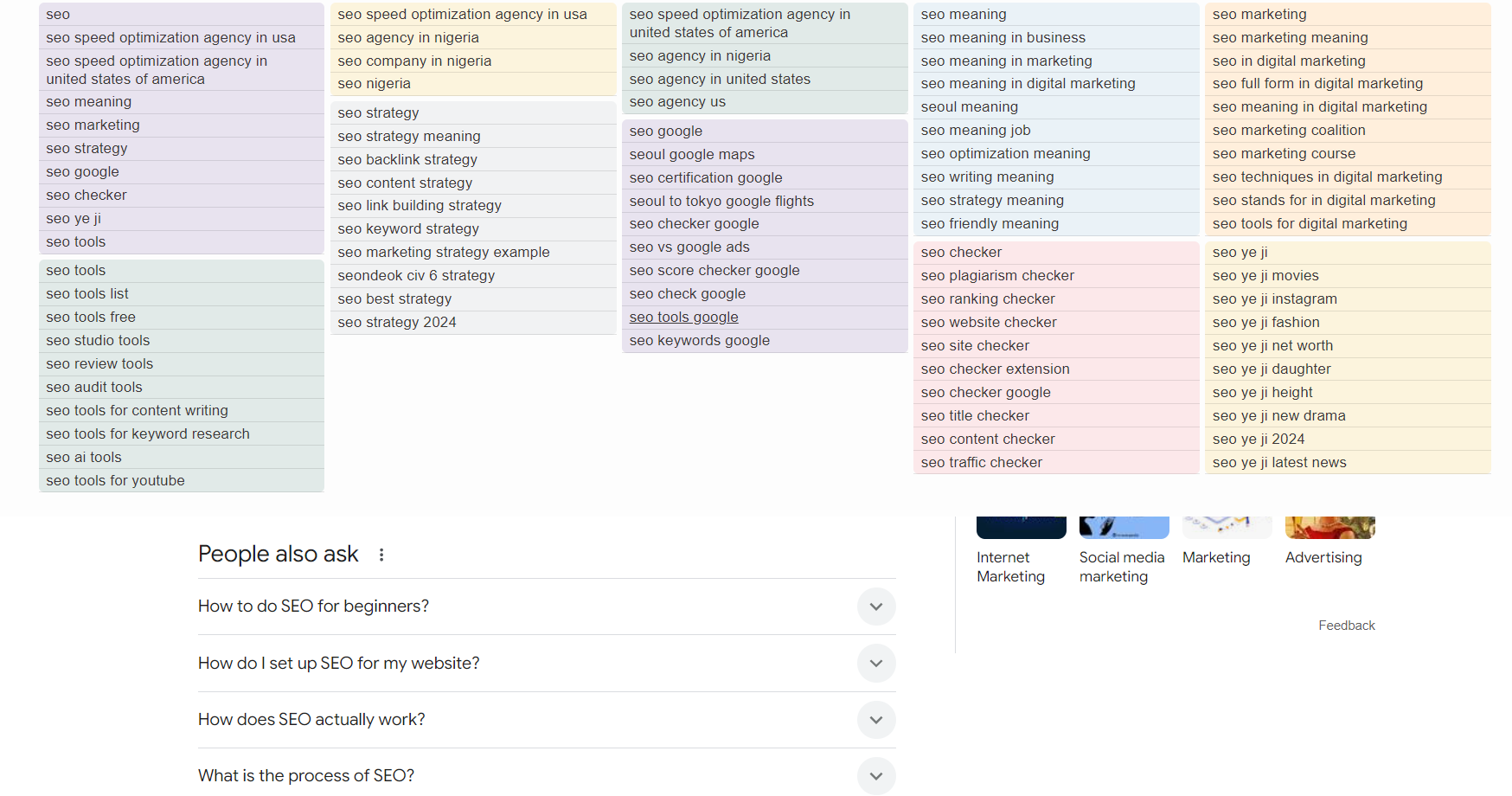Key SEO Metrics for SaaS Businesses
Last updated on Mon Sep 02 2024
The Software as a Service (SaaS) industry is highly competitive. As such, SaaS businesses depend highly on visibility, a crucial factor in customer acquisition and retention.
For the SaaS business, SEO is important, far more than a simple buzzword. It serves to enhance user traffic, drive conversions, and gain traffic to a business’ website. Far more than a simple tool, SEO is strategic, and the right approach can boost your company.
SEO metrics are key measurements that assist a business in gauging its website’s perormance. The metrics unveil the visits you receive, how your keywords rank, your ranking, and other factors. For SaaS businesses, SEO agency metrics are instrumental for online success.
This article will guide you on the best SEO metrics your SaaS business can implement, including explanations on how to get the best from them. It's challenging to know which metrics truly influence growth with so many marketing measures. This post highlights the key metrics for a SaaS business.
SEO metrics are key measurements that assist a business in gauging its website's performance. The metrics unveil the visits you receive, how your keywords rank, your ranking, and other factors. For SaaS businesses, SEO metrics are instrumental for online success.
SEO Metrics for SaaS Business
There are many SEO metrics that are useful for SaaS business, but we've limited them to six. Here they are:
1. Monthly Recurring Revenue (MRR) From Organic Traffic
Usually, conversations surrounding SEO and SaaS emphasize ranking and traffic. However, SEO also opens the possibility of getting revenue, another important outcome. Thus, an important metric to use is the Monthly Recurring Revenue (MRR). After all, the end goal of ranking and traffic is revenue.
Monthly Recurring Revenue determines the SaaS company's repeated monthly income from its customers. Because the income is recurring, it can be predicted. This metric is essential for subscription-based companies, including SaaS. MRR enables companies to make better plans, which fosters growth.
To track MRR from organic traffic, you can make use of tools like Google Analytics and Customer Relationship Management (CRM).
2. Branded vs. Non-Branded Traffic
Ever searched for the name of a brand before? That is what branded traffic represents. Branded traffic covers every online search made of your brand name or that includes your brand name. For example, if your brand name is “Staar”, every search that includes “Staar” is considered branded traffic.
By contrast, generic searches that concerns your industry but not your brand is termed non-branded traffic. Branded traffic is important, for obvious reasons. The more people search your name, the more likely they are to patronise your brand.
Within your industry or niche, your goal should be to rank first place on your branded search. When this happens, you enjoy overall success which translates to gain for your brand. You can improve your branded traffic using content marketing and public relations. To know more, learn about Canny alternatives.
3. Keyword Movements

As the name implies, with keyword movements you measure how your brand’s website fares with certain keywords. We all want our websites ranking first place on Google search, but the reality often involves diligent tracking, hence the need for keyword movements.
Tracking keywords enable you to spot keywords and gain more traffic. It also reveals the weaknesses of your keyword research strategies for modification. Tracking keyword is instrumental to guiding SEO optimization efforts. Also note that keyword rankings can change in weeks and months.
You can track keywords using some keyword tools like Ahrefs, Google search Console or SEMrush. For your SaaS business, prioritize moving keywords from the second page to the first. Also, focus attention on pages that need work.
4. Backlinks

Backlinks are made when one website links to another website, usually to get additional information or authority opinion. Usually as a result of manual link building email outreach, if a website adds a link to your site, it increases your brand’s credibility, making you an authority on the subject.
Also, backlinks from reputable sites improves your overall ranking and also gives your website authority. It brings referrals as well. Too many backlinks can be cumbersome, but the right amount affects your SEO performance.
Some backlinks become lost, causing problems for your article. Thus, you should monitor them using a backlink checker like Semrush's. Also earn quality links through drafting high quality articles and implementing guest blogging. Creating strong content is crucial.
5. Keyword Research and Content Audits

SEO and keyword research go hand in hand, and pages with low traffic need content audits. Keyword research entails an analysis of all the words and phrases people use when searching on a particular subject.
Keyword research helps grow your organic traffic and contributes to creating impactful content. With keyword research, you identify the keywords your target audience will likely use. Then, you prioritise which will best drive traffic. These keywords can also guide your internal linking strategy, helping users and search engines navigate your site more effectively. The goal of keyword reseach is to use relevant search words.
Content auditing involves reviewing all your website’s content to detect any need for improvements. It involves a detailed analysis of each content on your brand page, noting the page views, search engine ranking, and bounce rates.
To properly conduct content audit, check the page performances and note any lack of progress. Take your findings seriously, and enhance your content. Keywords, structure and quality information are helpful improvements.
To create better content, check our Guide to Product Launch Communication Plans.
6. Organic Traffic
The final metric, and a highly important one, is organic traffic. Organic traffic is produced by unpaid visitors to your website. Unpaid means they discovered your brand’s website without any ads.
Organic traffic typically occurs on search engines like Google, Bing or Yahoo. Organic traffic should not be classified a “vanity metric” (a measurement that provides little insight) as it provides meaningful information. Unpaid visitors reveal the growth of your website and can easily convert to sales.
How can you measure organic traffic? The process is easy, already available on your Google Analytics Report. You can also check your pages, noting which one gains the most traffic. Organic traffic should be analyzed alongside other metrics like conversion rates and user engagement.
This collective measurement offers better understanding on your website’s performance, You can maximize organic traffic by optimizing content for both users and search engines, as well as improving user experience.
Conclusion
We reiterate that SEO is crucial for every SaaS business, so SEO metrics is important if you hope to achieve success and growing. With the competitive nature of online businesses, ignore these measurements at your peril. Understand and utilize all 6 metrics mentioned in this guide.